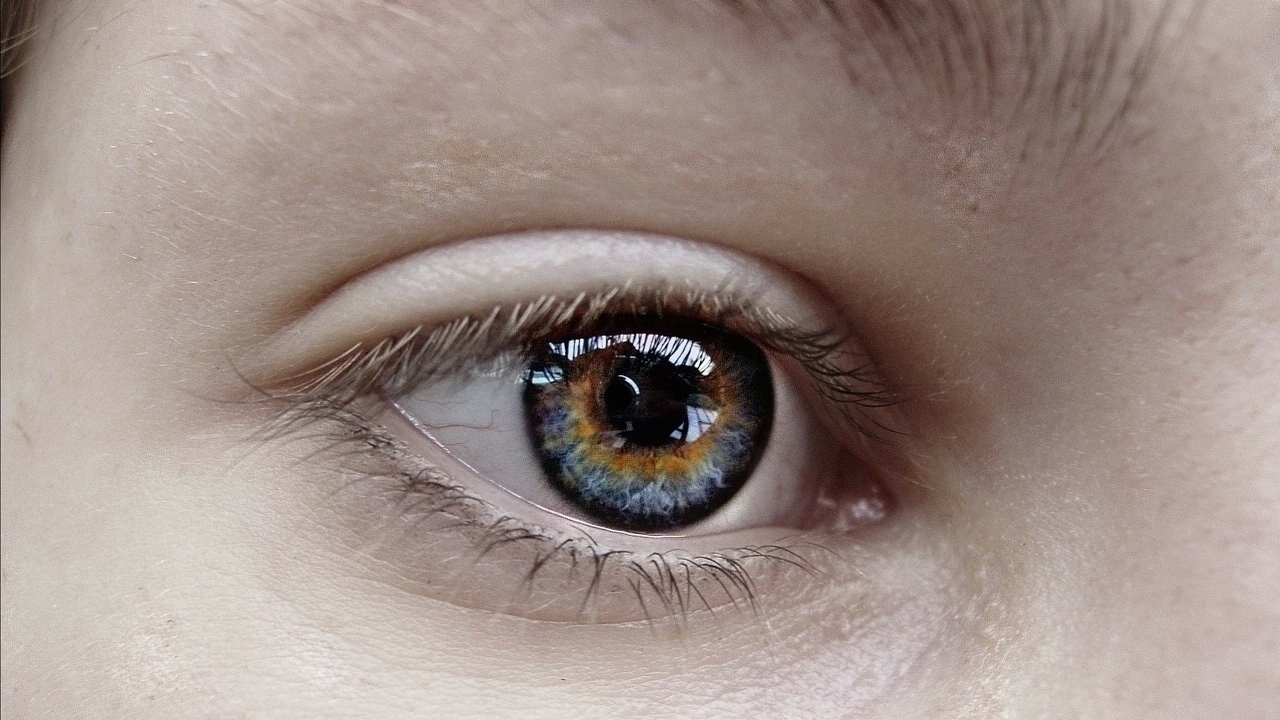 Jeny/Pixabay
Jeny/Pixabay
Being color blind does not typically mean you don’t see color. It is rare to find someone who only sees in black and white. What color blindness usually means is that a person has difficulty seeing red, green and/or blue.
We see color from impulses sent by three different types of cone cells. Cone cells detect light and are located in the back of the eye. Each set of cone cells detects one of three colors: red, green or blue. The cone cells work together and a mixture of color signals are sent to your brain where they are interpreted as a wide range of image colors.
Color blindness occurs when a person does not inherit one or more types of cone cells so they are unable to see that color, or they see the color but it is altered in some way.
It is estimated that 1 in 12 men (8 percent) are color blind, but only 1 in 200 women (.5 percent) are, according to Colour Blind Awarness.org. The reason for this is genetics. Most cases of color blindness are passed on through the X chromosome, which comes from the person’s mother.
Men have both an X and Y chromosome and women have two X chromosomes.
If a man receives a color blind gene from his mother on his X chromosome, then he will be color blind. If a woman receives one X color blind gene she will be a carrier for color blindness, but will not be color blind herself.
She can however, pass color blindness on to her male children. For a woman to be color blind, both of her X genes must possess color blind coding.
There are also acquired causes of color blindness due to chronic illness such as Alzheimer’s disease, diabetes, multiple sclerosis or Parkinson’s disease. Accidents or strokes that cause damage to the retina or brain can also cause color blindness.
Certain medications such as antibiotics, anti-tuberculosis drugs, blood pressure medications or drugs that treat mental illness can cause color blindness to occur.
Environmental or industrial exposures to chemicals like carbon monoxide or lead can result in color blindness.
People over the age of 60 have been found to have some deterioration in their ability to perceive color as well.
Living with color blindness can be challenging, and requires the person to make adjustments in their lifestyle.
For example, people who have red/green color blindness cannot tell if cooked meat is rare or well done, or they have difficulty differentiating between ketchup and chocolate sauce.
Color blind people often make the mistake of eating unripe bananas as they cannot see the green tone that tell us that they are not quite ready.
Interpreting streetlight colors are clues to the rest of us as to when to cross the street. Those who are color blind have to memorize the position of the lights. It's the same with red and green LED lights on devices when they are being charged. They cannot tell which color is present to know whether a machine is ready for use or is in standby mode.
Testing for color blindness is most commonly done using is the Ishihara Plate test. Numbers are hidden in colors inside surrounding colors on the plates. Those who are color blind cannot see the hidden numbers due to their altered perception of color.
Currently there is no cure for color blindess but research has been performed by organizations such as Genevolve Vision Diagnostics who study color blindness and develop genetic tests to diagnose it early.
Sources:
Color Blindness - Topic Overview. WebMD. Retrieved April 19, 2015.
http://www.webmd.com/eye-health/tc/color-blindness-topic-overview
Colour Blind Awareness.org. Retrieved April 19, 2015.
http://www.colourblindawareness.org and http://www.colourblindawareness.org/colour-blindness/types-of-colour-bli...
http://www.colourblindawareness.org/colour-blindness/acquired-colour-vis...
Michele is an R.N. freelance writer with a special interest in woman’s healthcare and quality of care issues.
Edited by Jody Smith



Add a CommentComments
There are no comments yet. Be the first one and get the conversation started!